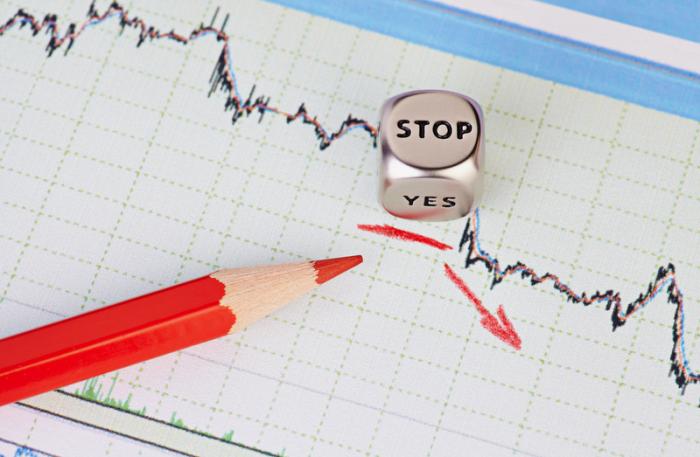Finance: Understanding stop loss orders

PHUKET: With global stock markets off to a rough start this year, it’s time to take a closer look at stop loss orders and how they can help as well as hinder you from achieving your investment goals.
So what exactly are stop loss orders?
A stop loss, or simply a stop order, is an automatic trade placed in advance specifying that you want to place a trade for a particular investment when a certain price level is reached.
There is also a stop loss variation called a ‘trailing stop’ where the sell order is set at a percentage level below the current market price (and not the price you bought it at), while a ‘chandelier stop’ is a trailing stop specifying a dollar amount instead of a percentage.
When executing a stop loss order, a brokerage will normally look at the prevailing market bid price (the highest price investors are willing to buy an investment at a given point in time and its a price that a seller can get in the market) to determine when the sell trade will be executed.
So, how should stop loss orders be used?
Let’s say you had bought 100 shares of stock X for US$10 a share with shares having risen to US$25 a share and you want to protect most of your capital gains from a sudden downward share price movement. You could tell your broker to put a stop loss order in at US$20 a share so that you only lose US$5 should shares fall back to that share price level or below.
Likewise, let’s say you have just bought stock X for US$10 a share. You could put a stop loss order at US$8 a share to limit any immediate buyer’s remorse.
Stop loss orders are particularly advantageous if you are unable to monitor your portfolio for a period of time, for instance, you are on a long vacation and don’t want to be logging into your account or calling your broker should the market start falling.
On the other hand, there are some disadvantages with stop loss orders or rather they are not a perfect form of insurance protection for your portfolio. For starters, a stop loss order is not guaranteed to be filled at the preferred stop price, as once it’s been triggered, the trade becomes a market order which is filled at the best possible share price. This price may be lower than the price specified by the stop order – especially if shares are falling fast and there are few buyers.
You must also be careful about how you use stop loss orders, as it may be unfavorable to activate a sale on a short-term market fluctuation if you have a long-term time horizon for a given investment. For example, if stock X is volatile and has a tendency to fluctuate widely on a weekly or monthly basis, a stop loss order set at too low of a share price may result in the order being triggered prematurely or not at the optimum time to maximize your return.
Finally, there are no clear rules for what price level you should place a stop loss order at. If you are an active trader, it might make sense to place a stop loss order at 5 per cent below the current share price. However, and if you are a buy-and-hold investor with a long-term time horizon, 15 per cent or more would probably make more sense.
Just remember that there will likely be a broker commission on any sell trade and you may want to factor in that commission when you determine your optimum stop loss order price. In addition, you may not be able to place a stop loss order on every investment, such as certain OTC Bulletin Board stocks or penny stocks.
Can stop loss orders help or hinder your long-term financial goals?
Don Freeman, BSME is president of Freeman Capital Management, a registered investment advisor with the US Securities Exchange Commission (SEC), based in Phuket. He has over 15 years experience working with expatriates, specializing in portfolio management, US tax preparation, financial planning and UK pension transfers. Don can be reached at 089-970 5795 or via email at freemancapital@gmail.com.
— Don Freeman
Leave a Reply
You must be logged in to post a comment.








